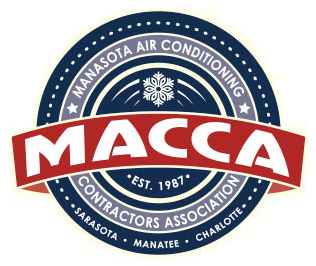On September 9th & 10th, the Florida Refrigeration and Air Conditioning Contractors Association (FRACCA) traveled to Capitol Hill to ensure Florida’s HVAC professionals had a strong voice in Washington. Representing contractors from across the state, the delegation met with nearly every member of Florida’s congressional delegation to address growing concerns with the EPA’s HFC Management Rule and Technology Transition Rule.
During these meetings, FRACCA emphasized that while contractors are committed to innovation and environmental responsibility, the current refrigerant rules are unworkable, costly, and introduce new safety risks for homeowners, businesses, and technicians. Florida’s congressional leaders, including Rep. Laurel Lee, Rep. Greg Steube, Rep. Neal Dunn, Rep. Darren Soto, Rep. Debbie Wasserman Schultz, Rep. Daniel Webster, and others, listened closely to contractor concerns, with many showing strong support for protecting both small businesses and consumers.
FRACCA will continue leading this effort in both Washington and Tallahassee to push for policies that balance environmental goals with practical safety, affordability, and consumer choice. Their advocacy ensures Florida contractors remain heard and represented on the national stage.
.png)

